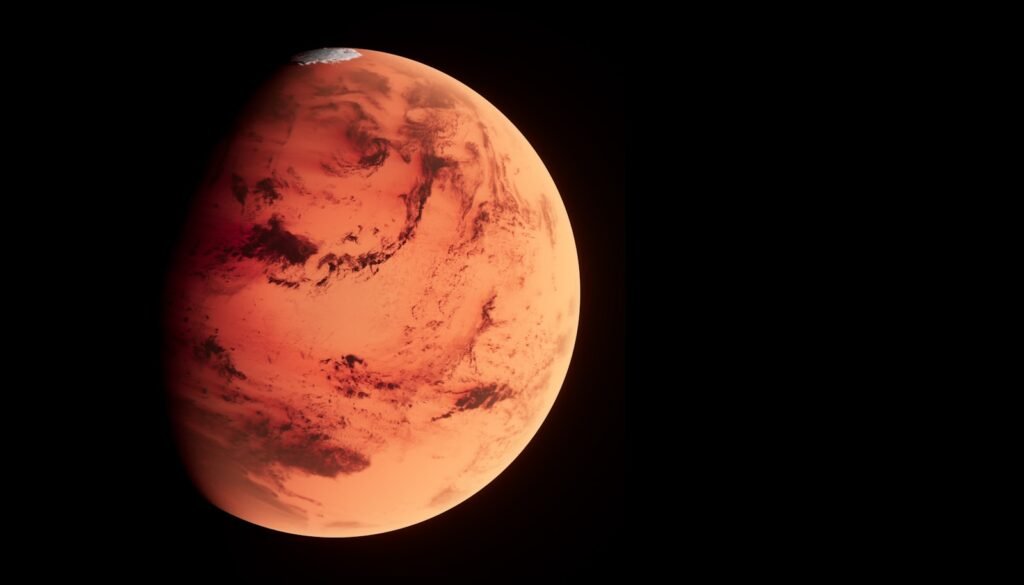Mars’s rust-colored desserts, towering volcanoes, and tantalizing prospect of ancient life have enthralled people for millennia. Benevolent on its surface, though, lurks a far stranger secret rife with rotten eggs. Recent discoveries in science imply that the Martian core is not only an iron and nickel molten ball like that of Earth. Rather, it might be a sulfur-rich paradise created in a geological blink and in charge of the planet’s catastrophic death as a livable planet.
High-pressure studies simulating Mars’ infancy reveal that sulfur could have percolated through solid rock to form the planet’s core in just millions of years far faster than Earth’s billion-year process. The consequences rewrite our knowledge of planetary formation and might help to explain why Mars, once warm and wet, turned into the frozen wilderness we know today.
A Core Born in a Cosmic Flash
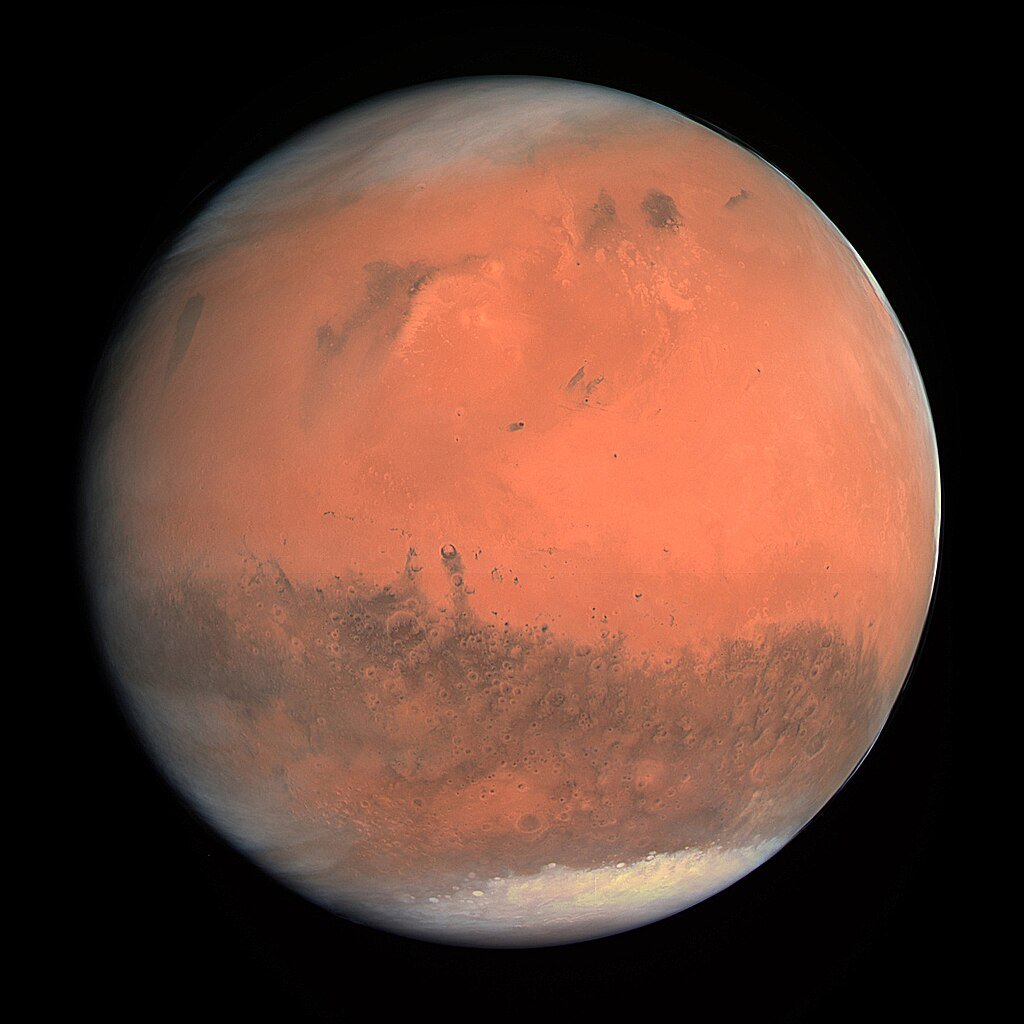
Unlike Earth, where core formation was a slow, molten ballet of sinking metals, Mars’ heart may have been forged in a rapid, chaotic rush. NASA’s Astromaterials Research and Exploration Science (ARES) team found that molten iron-nickel sulfides dense, metallic slurries could have seeped through tiny cracks in solid rock, draining into the planet’s center like quicksilver.
This process, observed in lab experiments at over 1,020°C (1,868°F), bypassed the need for a fully molten interior. Instead, Mars’ core may have assembled while much of the planet was still solid, a scenario once thought impossible. “We could actually see in 3D how sulfide melts moved through the rock,” said lead researcher Sam Crossley. “It was like watching planetary blood vessels forming in real time”.
Why It Matters: If true, this explains why Martian meteorites suggest core formation completed within 10 million years of the solar system’s birth, a speed that defies traditional models.
The Stench of a Dead Dynamo

Sulfur isn’t just a geologic curiosity, it’s a planetary killer. Earth’s magnetic field, generated by its churning molten core, shields us from solar radiation. Mars once had such a shield, but it vanished early in its history, stripping the planet of its atmosphere and water.
Now, researchers believe that this death was caused in great part by sulfur. A core high in sulfur (estimates range from 11–19% by weight) would have reduced melting points and weaker convection currents essential for maintaining a magnetic dynamo. Worse, iron sulfide “snow” could have developed close to the core-mantle boundary as the core cooled, so stifling convection and doomming Mars to a slow, frigid death.
Key Evidence:
- Martian meteorites show chalcophile element depletions, hinting at sulfur’s dominance in the core.
- NASA’s InSight mission detected no active magnetic field, only fossilized remnants in the crust.
The Snowing Core Paradox

Mars’ core isn’t just sulfurous, it might be “snowing” iron. At extreme pressures (like those in Mars’ core), iron sulfide can crystallize into exotic phases like Fe₄₊ₓS₃, a mineral that forms dense, sinking particles. Recent experiments at the European Synchrotron Radiation Facility (ESRF) revealed that if Mars’ core is cooler than expected (below ~1,960 K), this “iron snow” could accumulate, creating a partially solid inner core.
The Twist: Unlike Earth’s pure iron inner core, Mars’ version would be a sulfur-enriched slurry, potentially layered like a cosmic parfait. This stratification could explain why Mars’ dynamo sputtered out its core simply couldn’t churn efficiently enough to sustain it.
A Relic of the Protoplanetary Disk
Mars’s sulphur-rich core is a fossil of the birth of the solar system, not a mistake. The planet developed in an abundance of iron and sulfur in a Goldilocks zone of the protoplanetary disk. Unlike Earth, which developed from drier, refractory-rich material nearer the Sun, Mars accumulated oxidized, volatile-rich compounds including sulfur from the edge of the snow line.
Cosmic background:
- According to the Grand Tack model, Jupiter’s migration of sulfur-rich material inward enriches Mars’ building blocks.
- With almost half of Mars’ mass forming in a million years, Hf-W isotope studies confirm its quick assembly.
The InSight Mission’s Missing Puzzle Piece
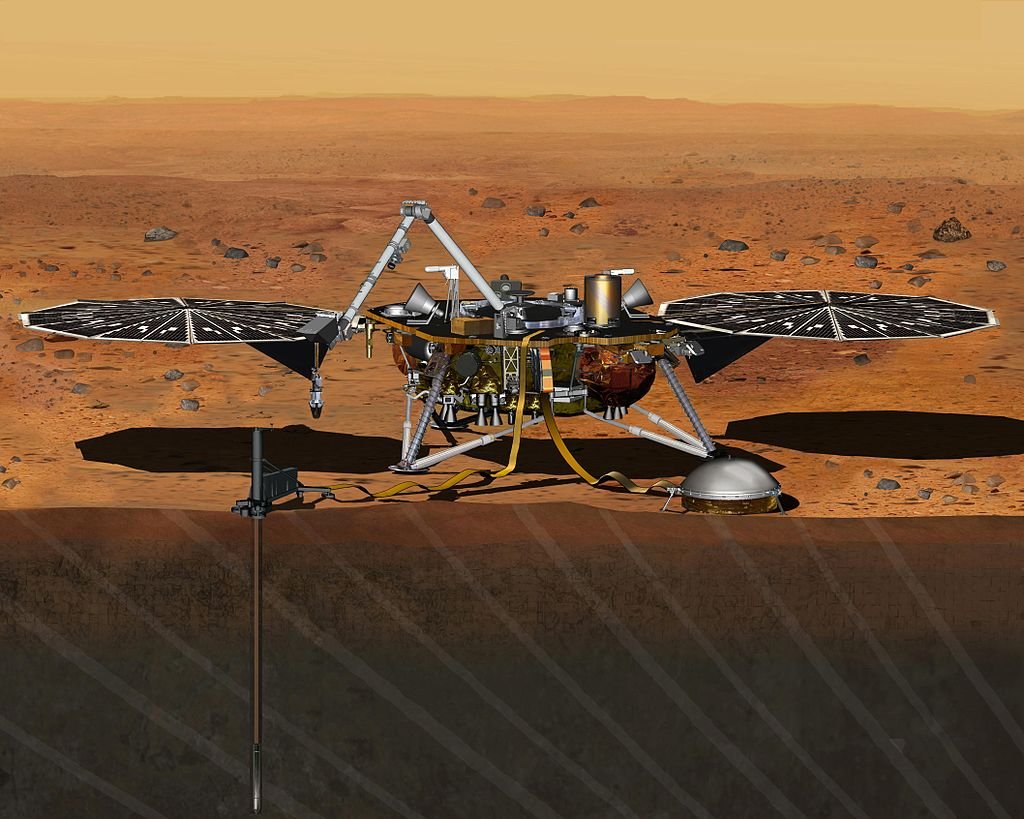
By probing Mars’ core with seismic waves, NASA’s InSight lander (2018–2022) was meant to help to settle the argument. Still, the statistics begged more questions for researchers. Although it verified a liquid core (radius: ~1,830km), it failed to clearly identify a solid inner core departing from the “iron snow” theory in flux.
Unexpected Signs:
- The slower than expected seismic waves of InSight pass through the core help to explain high sulfur content.
- Dynamics would be further complicated by a mystery molten layer at the base of Mars’ mantle interacting with the sulfur of the core.
Could Mars Core Ever Reawaken?
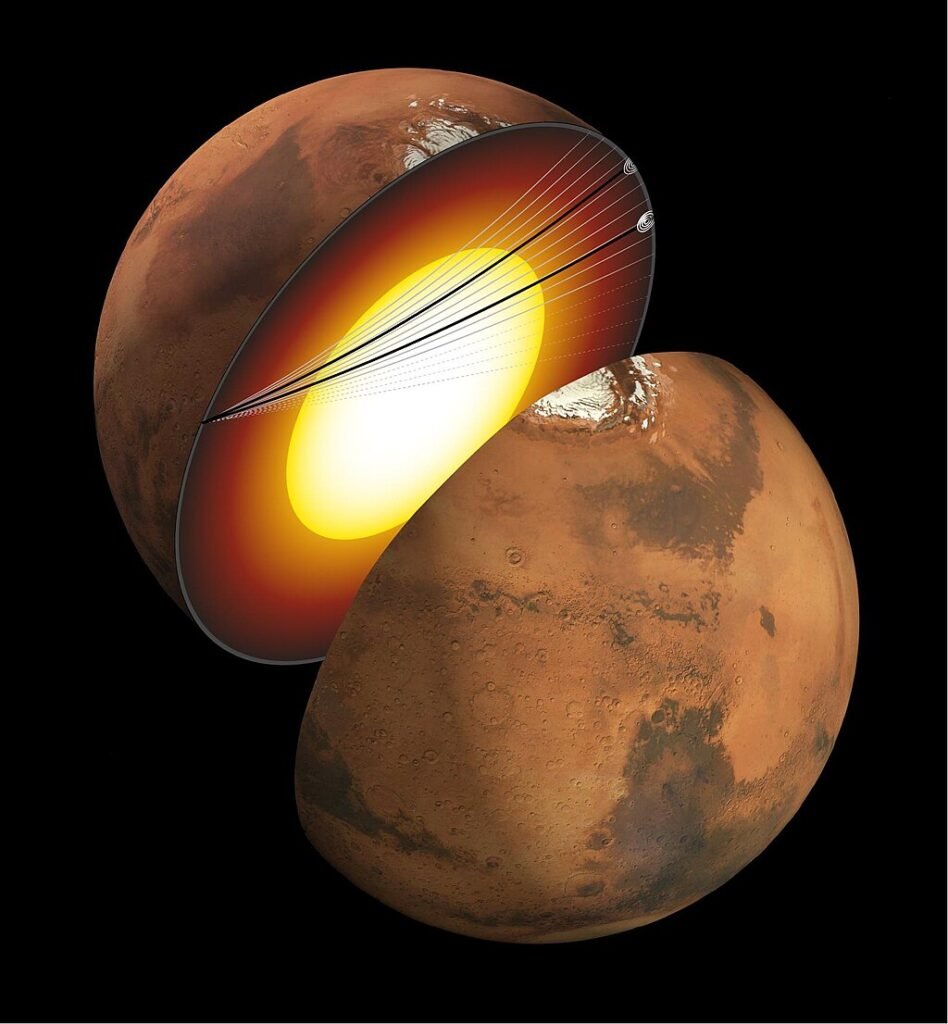
With its dynamo dead and core stagnant, Mars seems geologically doomed. But some scientists speculate that future volcanic activity or even human-induced terraforming could stir the sulfurous depths.
Far-Fetched? Maybe Not:
- Heat from a massive impact could temporarily remobilize the core.
- Nuclear-powered drills (proposed for future missions) might artificially trigger convection through the ethics (and smell) are questionable.
Conclusion: A Planet Defined by Its Rotten Heart
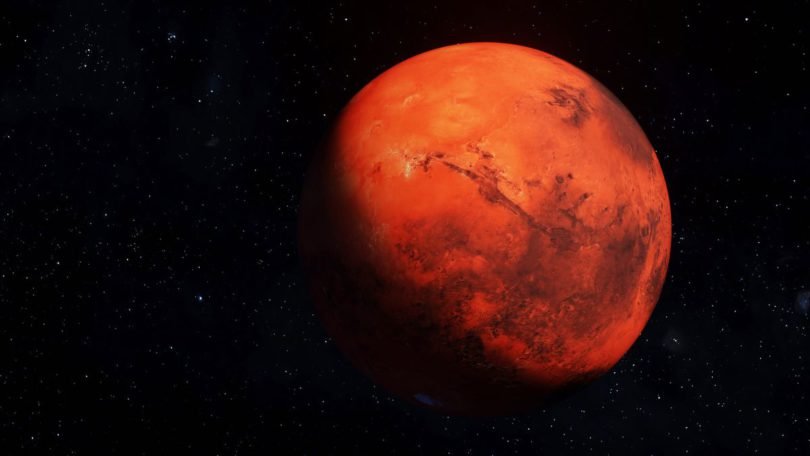
Mars’s sulfur core is not only interesting but also the key to explain why a once-habitable planet turned into a frozen desert. From its lightning-fast creation to its part in destroying the magnetic field of the planet, sulfur shaped Mars’ future. And even if the smell of rotten eggs won’t welcome next astronauts, its legacy lives in every dusty storm and desolate valley.
“Mars’ core is a relic of chaos, a reminder that planets, like people, are defined by what lies beneath,” researcher Lianjie Man (ESRF) said.
Sources:

Suhail Ahmed is a passionate digital professional and nature enthusiast with over 8 years of experience in content strategy, SEO, web development, and digital operations. Alongside his freelance journey, Suhail actively contributes to nature and wildlife platforms like Discover Wildlife, where he channels his curiosity for the planet into engaging, educational storytelling.
With a strong background in managing digital ecosystems — from ecommerce stores and WordPress websites to social media and automation — Suhail merges technical precision with creative insight. His content reflects a rare balance: SEO-friendly yet deeply human, data-informed yet emotionally resonant.
Driven by a love for discovery and storytelling, Suhail believes in using digital platforms to amplify causes that matter — especially those protecting Earth’s biodiversity and inspiring sustainable living. Whether he’s managing online projects or crafting wildlife content, his goal remains the same: to inform, inspire, and leave a positive digital footprint.

